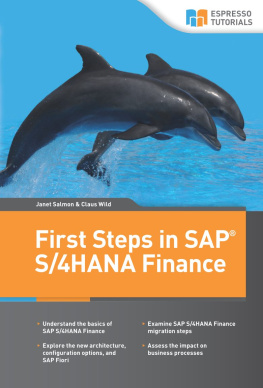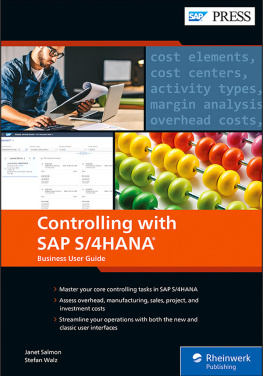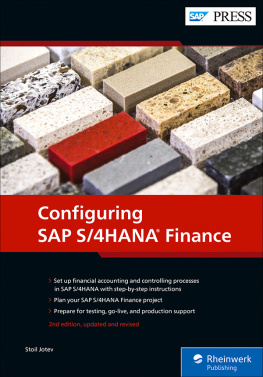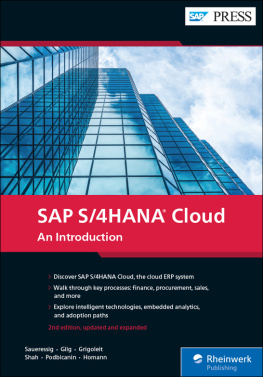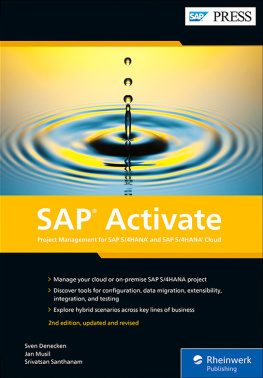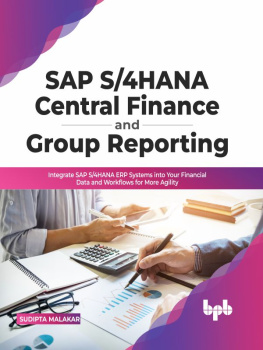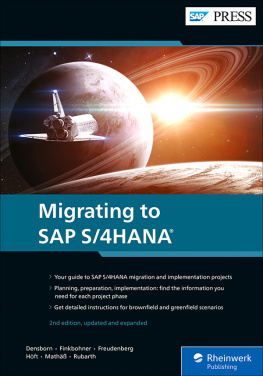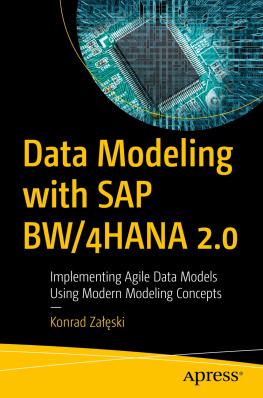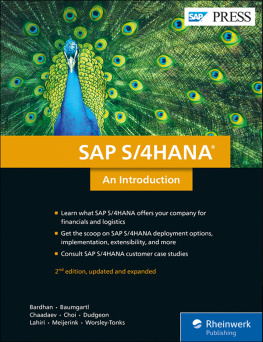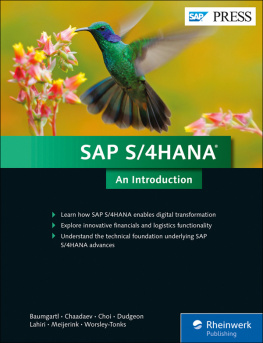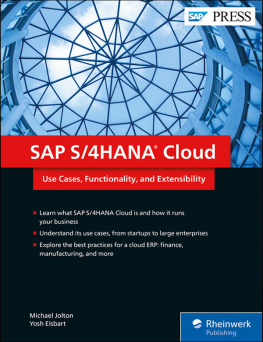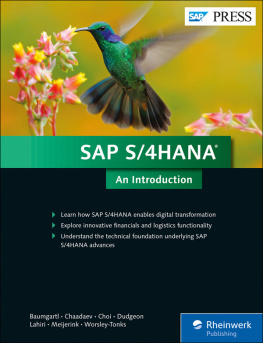| ISBN: | 978-3-96012-890-8 (ePUB) |
| Lektorat: | Tracey Duffy |
| Coverdesign: | Philip Esch |
| Coverfoto: | fotolia #16757910 Stefan Richter |
| Satz & Layout: | Johann-Christian Hanke |
All rights reserved.
1st Edition 2016, Gleichen
by Espresso Tutorials GmbH
URL: www.espresso-tutorials.com
All rights reserved. Neither this publication nor any part of it may be copied or reproduced in any form or by any means or translated into another language without the prior consent of Espresso Tutorials GmbH, Zum Gelenberg 11, 37130 Gleichen, Germany.
Espresso Tutorials makes no warranties or representations with respect to the content hereof and specifically disclaims any implied warranties of merchantability or fitness for any particular purpose. Espresso Tutorials assumes no responsibility for any errors that may appear in this publication.
Feedback:
We greatly appreciate any kind of feedback you have concerning this book. Please mail us at: .
Thank you for purchasing this book from Espresso Tutorials!
Like a cup of espresso coffee, Espresso Tutorials SAP books are concise and effective. We know that your time is valuable and we deliver information in a succinct and straightforward manner. It only takes our readers a short amount of time to consume SAP concepts. Our books are well recognized in the industry for leveraging tutorial-style instruction and videos to show you step by step how to successfully work with SAP.
Check out our YouTube channel to watch our videos at https://www.youtube.com/user/EspressoTutorials.
If you are interested in SAP Finance and Controlling, join us at http://www.fico-forum.com/forum2/ to get your SAP questions answered and contribute to discussions.
Related titles from Espresso Tutorials:
- Bert Vanstechelman: The SAP HANA Deployment Guide
http://5171.espresso-tutorials.com - Dominique Alfermann, Stefan Hartmann, Benedikt Engel:
SAP HANA Advanced Modeling
http://5110.espresso-tutorials.com

Introduction
If you work in finance, you might think that discussions about databases are best left to your colleagues in IT. In this book, however, we show you how a new database technology changes the way your financial data is stored and thus allows SAP to completely re-architect its solution. We explain how the High-Performance Analytic Appliance (HANA) differs from a conventional database. We explain concepts such as the universal journal, which combines data from multiple application components, and Central Finance, which allows you to merge accounting documents from multiple source systems. We discuss how the various applications are being rebuilt to take advantage of the new database, explaining what changes, but also what stays the same, so that you have the skills to help your organization improve the efficiency of its finance function.
We have added a few icons to highlight important information. These include:
Tips
 Tips highlight information that provides more details about the subject being described and/or additional background information.
Tips highlight information that provides more details about the subject being described and/or additional background information.
Attention
 Attention notices highlight information that you should be aware of when you go through the examples in this book on your own.
Attention notices highlight information that you should be aware of when you go through the examples in this book on your own.
Finally, a note concerning the copyright: all screenshots printed in this book are the copyright of SAP SE. All rights are reserved by SAP SE. Copyright pertains to all SAP images in this publication. For simplification, we will not mention this specifically underneath every screenshot.
Table of Contents
1 SAP S/4HANA Financethe next big thing
SAP S/4HANA Finance is being marketed as the next big thing in terms of software architecture. In this chapter, we look briefly at how the technology has evolved from the mainframes of the 1980s, to the client/server architecture of the 1990s, to web services in the Internet era, and finally, to the revolution of in-memory computing that we are experiencing today. We explain what is special about SAP HANA and why it enables SAP to firstly re-architect its financial applications to store data, thus making this data easier to consume in reporting, and secondly, to present this data more intuitively to provide instant insight into the state of the business. Finally, we introduce the three pillars of SAP S/4HANA Finance.
1.1 A little history
As a product name, SAP S/4HANA Finance gives an indication of SAPs aspirations for its latest product. The company was founded back in 1972 and its first products, R/1 and R/2, were ERP systems designed for the mainframes that most large companies ran in the 1970s and 1980s. The R in the product names stood for real time, the idea being that financial transactions could be captured in real time using online terminals rather than relying on batch processes to update the journals periodically. Back in the early 1990s, SAP trainers and consultants would patiently explain to customers what it meant to capture materials movements as they happened, along with the related journal entries, rather than waiting for a batch process to load the data to the finance system nightly or at period close.
In the summer of 1992, SAP introduced a new product, SAP R/3, designed to maintain the concept of real time but to work with the then revolutionary client/server architecture. The UNIX servers were significantly cheaper than the mainframe equivalent and it was possible to link multiple servers whenever more processing power was required. The client/server architecture comprised three layers: the database layer, the application layer, and the presentation layer. Without going into too much detail, this architecture meant that the customer could choose the database he preferred (and there was a regular flow of announcements as new databases were certified), the application layer contained the code for the various software modules (Materials Management, Production Planning, Financial Accounting, and so on), and the presentation layer provided a graphical user interface. Lets not forget that in the days before smartphones and consumer websites, the graphical user interface delivered with SAP R/3 was more attractive and easier to use than many of the mainframe interfaces that accounting clerks were using at the time.
This three-tier architecture is still the heart of many SAP applications today. When the R/3 product was renamed SAP ERP in 2004, the key technology change was the underlying SAP NetWeaver stack which allowed the use of web services. This meant that the ERP system could communicate with other applications such as Customer Relationship Management and Supplier Relationship Management using standard protocols. It also allowed significant changes to the user interface because new web applications could be built and delivered in the Enterprise Portal, such as those in Manager Self-Service or Employee Self-Service. The ERP world focused ever more strongly on transactional processing, capturing the sales orders, invoices, purchase orders, and goods movements at the heart of a companys operations.

